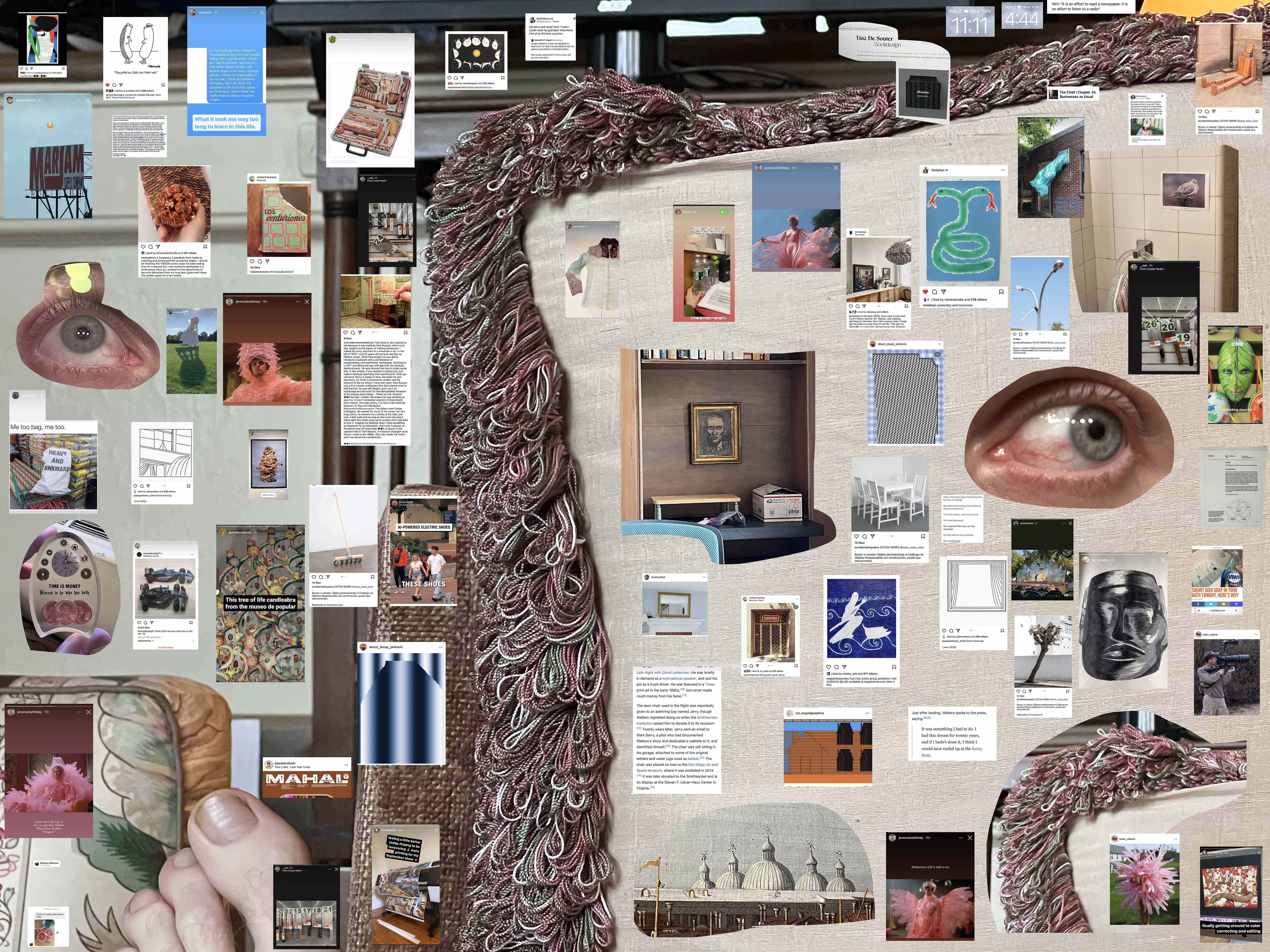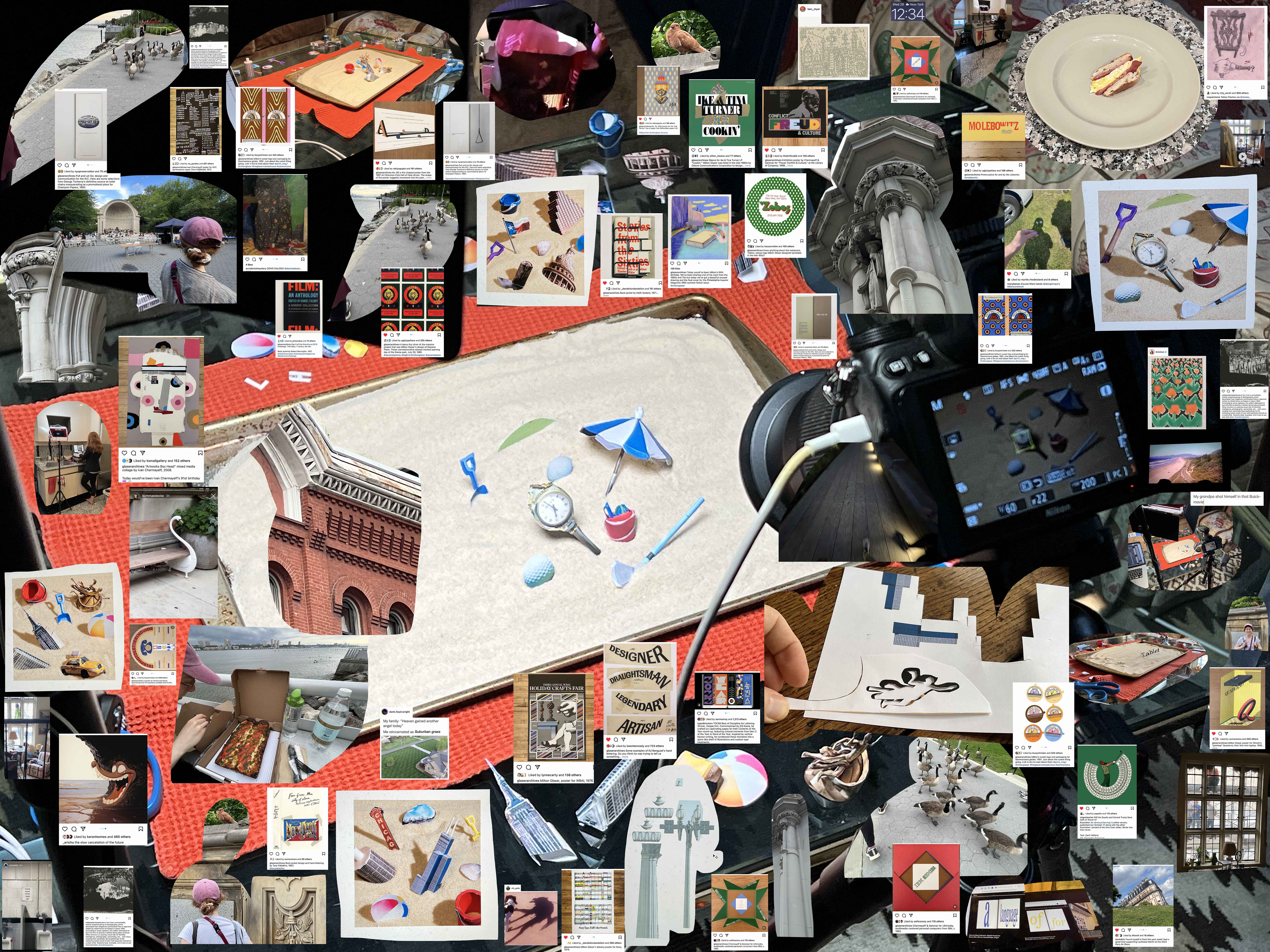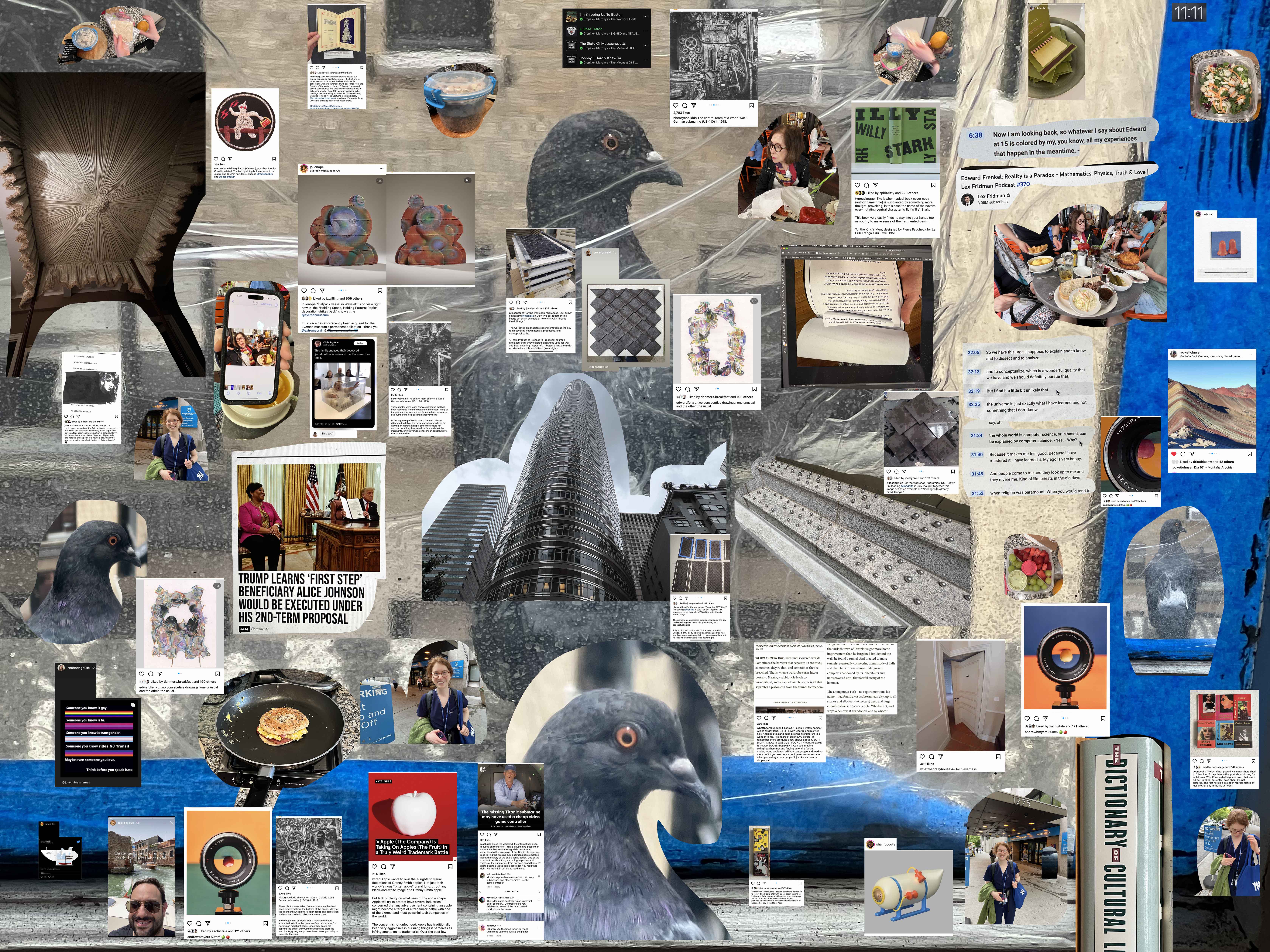Sunday, July 2, 2023
The lawn chair used in the flight was reportedly given to an admiring boy named Jerry, though Walters regretted doing so when the Smithsonian Institution asked him to donate it to its museum. Twenty years later, Jerry sent an email to Mark Barry, a pilot who had documented Walters's story and dedicated a website to it, and identified himself. The chair was still sitting in his garage, attached to some of the original tethers and water jugs used as ballast. The chair was placed on loan to the San Diego Air and Space Museum, where it was exhibited in 2014. It was later donated to the Smithsonian and is on display at the Steven F. Udvar-Hazy Center in Virginia.
— "Lawnchair Larry flight," Wikipedia
Saturday, July 1, 2023
View from William Penn statue atop City Hall, 1937
— Caption under photo on wall in Philadelphia City Hall
Friday, June 30, 2023
It would be unfair to the historical record to separate the two.
— N*
Thursday, June 29, 2023
Dear Friends: Please do not paste any of printed matters in this great Document it makes it look like an add.
— Joseph Mikulec, writing in his big book
Wednesday, June 28, 2023
In 1977-9 when I was just 21-23 years old and was getting started in my what would turn out to be a lifetime career of making fine miniatures, I needed a product everyone could recognize and afford. I have always liked boxes of all sorts, so what better than an 18th c. English Tea Caddy? I made over 150 of these, and they sold throughout the world. They were a lot of work and carried a $45 price tag. To show clients this, I framed a set of parts to show just how something less than an inch long could have 29 pieces.
— @wmrrobertsonminiatures
Tuesday, June 27, 2023
My grandfather shot himself in that Buick.
— Percy Becker, No Hard Feelings
Monday, June 26, 2023
Too puffy.
— Bella (new barber) on my eybrows
Sunday, June 25, 2023
Parker liked the idea of something that happened in a split second but that could also be made to have a durational aspect to it.
— @stephenellcock on Cornelia Parker's Cold Dark Matter: An Exploded View, 1991
Saturday, June 24, 2023
Hearst, wrote S. N. Behrman, “was what Duveen termed an accumulator, rather than a collector."
— David Nasaw, The Chief: The Life of William Randolph Hearst
Friday, June 23, 2023
Every single time he'd go to "Pick a point in the future where we're both happy. 10 years, 20 years from now, and lets work our way back."
— Chris Voss, "Chris Voss: FBI Hostage Negotiator | Lex Fridman Podcast #364"
Thursday, June 22, 2023
In hindsight, it's exactly like building flying machines. People spent a lot of time wondering about how do birds fly, you know. And that turned out to be really hard. Have you seen the TED Talk with a flying bird?... Yeah, it flies around the audience. But it took 100 years longer to figure out how to do that than for the Wright brothers to build the first airplane because it turned out there was a much easier way to fly.
— Max Tegmark, "Max Tegmark: The Case for Halting AI Development | Lex Fridman Podcast #371"
Wednesday, June 21, 2023
Now I am looking back, so whatever I say about Edward at 15 is colored by my, you know, all my experiences that happen in the meantime, my current views and so on.
— Edward Frenkel, "Edward Frenkel: Reality is a Paradox - Mathematics, Physics, Truth & Love | Lex Fridman Podcast #370"
Tuesday, June 20, 2023
It's been inventoried.
— General Gibson, Asteroid City
Monday, June 19, 2023
There's a famous web comic that's titled Cytogenesis, which is about how something, an error is in Wikipedia, and there's no source for it, but then a lazy journalist reads it and writes the source, and then some helpful Wikipedian spots that it has no source, finds a source and adds it to Wikipedia. And voila, magic.
— Jimmy Wales, "Jimmy Wales: Wikipedia | Lex Fridman Podcast #385"
Sunday, June 18, 2023
Today’s sense of unease is a stark contrast with the heady triumphalism that followed the collapse of the Soviet Union in December 1991. It was a period when a theorist could declare that the fall of communism marked “the end of history” — that liberal democratic ideas not only vanquished rivals, but represented “the end point of mankind’s ideological evolution.”
— Patricia Cohen, "Why It Seems Everything We Knew About the Global Economy Is No Longer True," The New York Times
Saturday, June 17, 2023
Lily probably shouldn't read beyond the last post.
— Dad in a text as he shares story of how a snake got into the birdhouse
Friday, June 16, 2023
You could buy 6 BigMacs with 1 hour of minimum wage in 1980, but today you can't even buy one, despite minimum wage more than doubling.
— @wallstreetbets
Thursday, June 15, 2023
There are days where motivation is in short supply and I wonder out loud what the hell I'm doing with my life moving piles of junk from one flat surface to the other. Then there are days when a miraculous survivor of a 3-foot panoramic photograph of the floor of the 7th National Baptist Convention lands in my lap.
— @midwesternamericana
Wednesday, June 14, 2023
Sage Gloss
— Tile
Tuesday, June 13, 2023
Before aerial bombs and synchronized machine guns were perfected, aviators had few weapons which could harass the enemy on the ground. One weapon occasionally used was darts. They were most effective if dropped in small quantities from about 1,000 feet by the observer in observation airplanes. Dropped over a column on the road or trenches, the darts were noiseless and did not warn those on the ground to take cover. The idea was revived during the Korean War with slightly heavier darts for use against enemy motorized convoys and troop concentrations. They were dropped in very large quantities from bombers at great height, and had enough energy to crack an engine block.
— Item description, "French Dart, World War I," West Point Museum



















